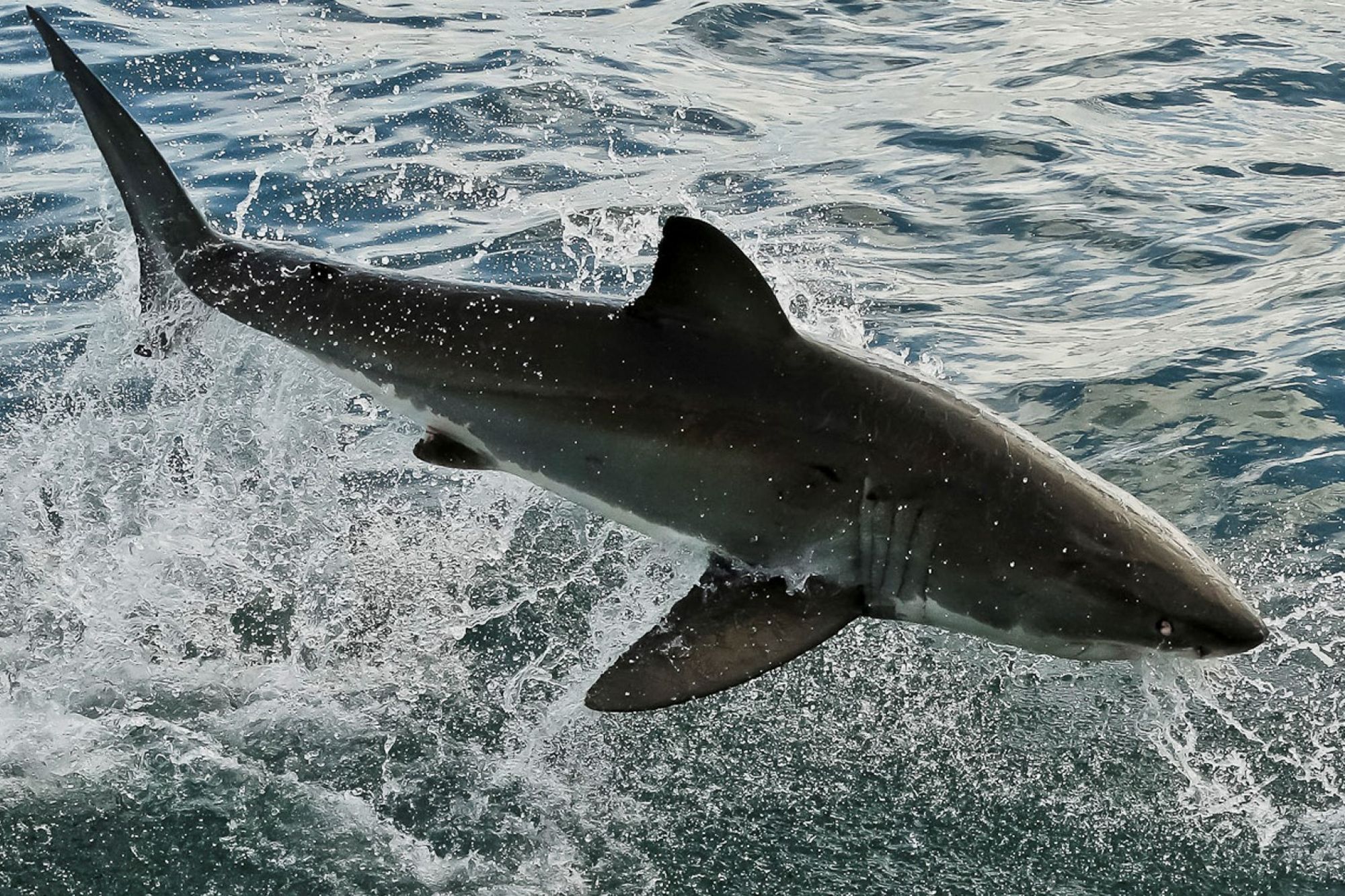
Fish migrations: they would swim 500 miles and they would swim 500 more
By Nicole Horn and Alexis Olds

Migration is a widespread but highly complicated and diverse component to many fish species lives. Migration can be strenuous and often consists of extremely long journeys. The life history stages of certain species rely heavily on migration. Fish will migrate for several reasons including escaping unfavourable conditions, moving to more productive feeding grounds, reproduction and completing their lifecycle.
The Sardine Run
Every year the sardine run occurs from the west coast of South Africa along the coastline to the south coast of KwaZulu-Natal. Millions of sardines travel in massive shoals that can be observed from space. These shoals can be up to 15 km long and 3,5 km wide. These shoals are followed by predators like dolphins, sharks, birds and large predatory fish species. Some examples of fish species that follow the sardine run include geelbek, giant yellowtail, elf and leervis. Bronze whalers, dusky sharks and black tip sharks are also frequently seen hunting sardines during the run.
Continental Migrations
Great white sharks are highly migratory species and are known to travel vast distances. The Great White Shark, Nicole, was tagged near Gansbaai, South Africa in 2003. In just over 3 months, she had travelled 11 000 km to Australia. Within 9 months of her leaving South Africa she returned covering a total distance of 22 000 km. Unfortunately, the reason for her migration remains a mystery and she hasn’t been seen since her return to South Africa in 2004.
Estuaries to Ocean
Many critically important linefish species rely on estuaries for some part of their lifecycle. Juvenile dusky kob, spotted grunter, white steenbras and leervis rely on estuaries as nursery areas. Estuaries offer a safe and more productive environment during the critical juvenile years. Once the fish reach sexual maturity, they return to the ocean to feed and reproduce. Certain eel species like the African longfinned eel reproduce at sea and the juveniles migrate from the ocean, through estuaries to freshwater rivers and lakes. At maturation, the eels return to the ocean to reproduce.
Threats to Migratory Species
Many migratory species are under threat due to human interference and it is important to raise awareness about the challenges they face. The major threats include; the building of dams and weirs which disrupt the natural migration of migratory fish species, lack of sufficient freshwater to estuaries which can result in mouth closure at the incorrect times of the year and lastly, the removal of sub-adult fish from estuaries, not allowing these fish to spawn and contribute to the population.
Related News

Fish die-off at Groenvlei (Lake Pleasant), Goukamma Nature Reserve

Fish die-off at Groenvlei (Lake Pleasant), Goukamma Nature Reserve

Fish die-off at Groenvlei (Lake Pleasant), Goukamma Nature Reserve
How can I assist you today?
How can I assist you today?